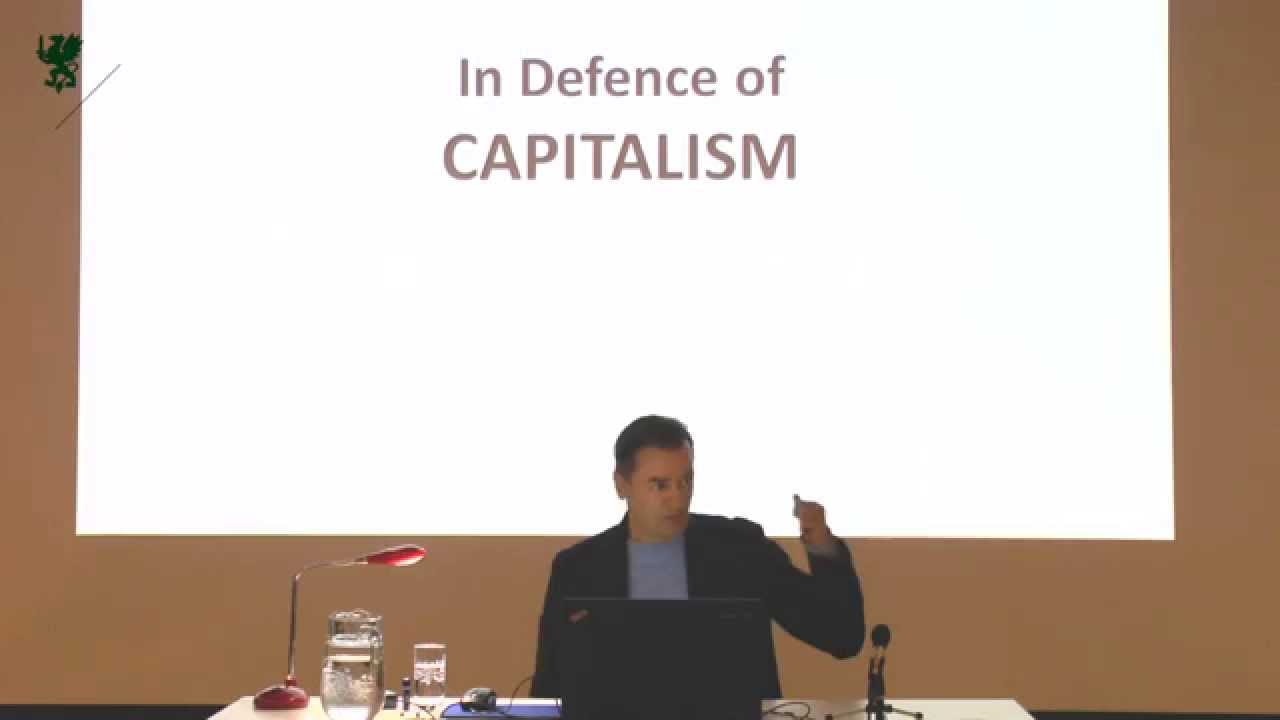http://www.egs.edu/ Patrik Schumacher, Professor of Architecture presents “In defence of capitalism”. A Public Open Lecture for the students and faculty of The European Graduate School / EGS Media and Communication Studies department program Saas-Fee Switzerland, 2015.
Patrik Schumacher studied philosophy, mathematics, and architecture in Bonn, London, and Stuttgart, where he received his Diploma in Architecture in 1990. In 1999, he completed his PhD at the Institute for Cultural Science, Klagenfurt University. In 1996, he founded the “Design Research Laboratory” with Brett Steele at the Architectural Association in London and continues to teach in the program. Since 2000, Patrik Schumacher is also guest professor at the University of Applied Arts in Vienna. In 2013, he was appointed as the first John Portman Chair in Architecture at Harvard University’s Graduate School of Design. In 2010 and 2012, he published the two volumes of his theoretical opus magnum The Autopoiesis of Architecture. In 2002, Patrik Schumacher curated Latent Utopias – Experiments within Contemporary Architecture, and he is currently planning the exhibition Parametricism – The New International Style.
In his much debated article Parametricism – A New Global Style for Architecture and Urban Design (2009), Patrik Schumacher argued that the global convergence in recent avant-garde architecture justifies the enunciation of a new style: Parametricism. The style is rooted in digital design techniques and takes full advantage of the computational revolution that drives contemporary civilization. Its latest refinements are based on advanced parametric design systems and scripting techniques. This style is poised to succeed modernism as a new epochal style for the twenty-first century. It thus closes the transitional period of uncertainty that was engendered by the crisis of modernism and that was marked by a series of short lived episodes including Postmodernism, Deconstructivism, and Minimalism. Thus, Schumacher argues that Parametricism is architecture’s answer to the momentous technological and socio-economic transformation of world society brought about by the information age.
In his treatise The Autopoiesis of Architecture, Vol.1: A New Framework for Architecture (2010), Patrik Schumacher analyses architecture’s key distinctions, concepts, values, styles, methods, and media. The book thus presents a comprehensive discourse analysis of discipline. The central thesis of “The Autopoiesis of Architecture” is that the phenomenon of architecture can be most adequately grasped if it is analyzed as an autonomous network (autopoietic system) of communications. The communications of architecture comprise drawings, texts, and built works. The built works of architecture constitute a special set of reference points within the overall network of architectural communications and serve society as communicative frames for social interaction.
In the second volume of his opus magnum, The Autopoiesis of Architecture, Vol.2: A New Agenda for Architecture, Schumacher proposes a new agenda for contemporary architecture in response to the challenges and opportunities posed by current societal and technological developments. The Volume ends with a manifesto for the new style of Parametricism, promoted as candidate to become the unified, epochal style for the twenty-first century. To be credible, a unified style must be backed up and guided by a unified theoretical system that is able to integrate many partial theories: a theory of architecture’s societal function, a theory of the discipline’s self-demarcation, a theory of the avant-garde, aesthetic theory, media theory, process theory, etc. The theory of architectural autopoiesis presents such an integrated theoretical system. It is nothing other than the rational reconstruction and systematization of a discursively evolving discipline made explicit as unified theory and opened up to criticism and constructive elaboration.
European Graduate School Video Lectures
Source



